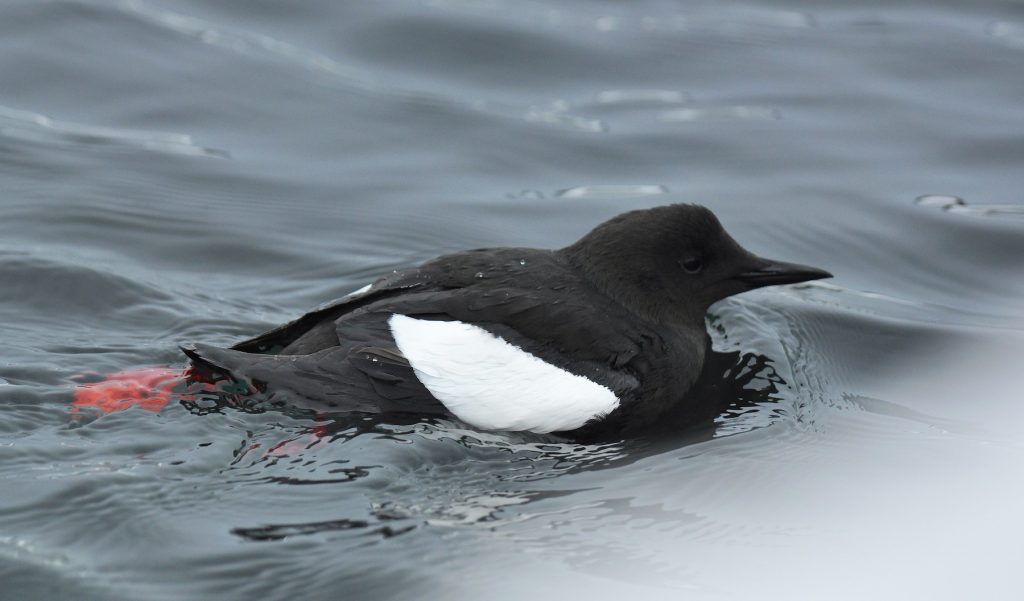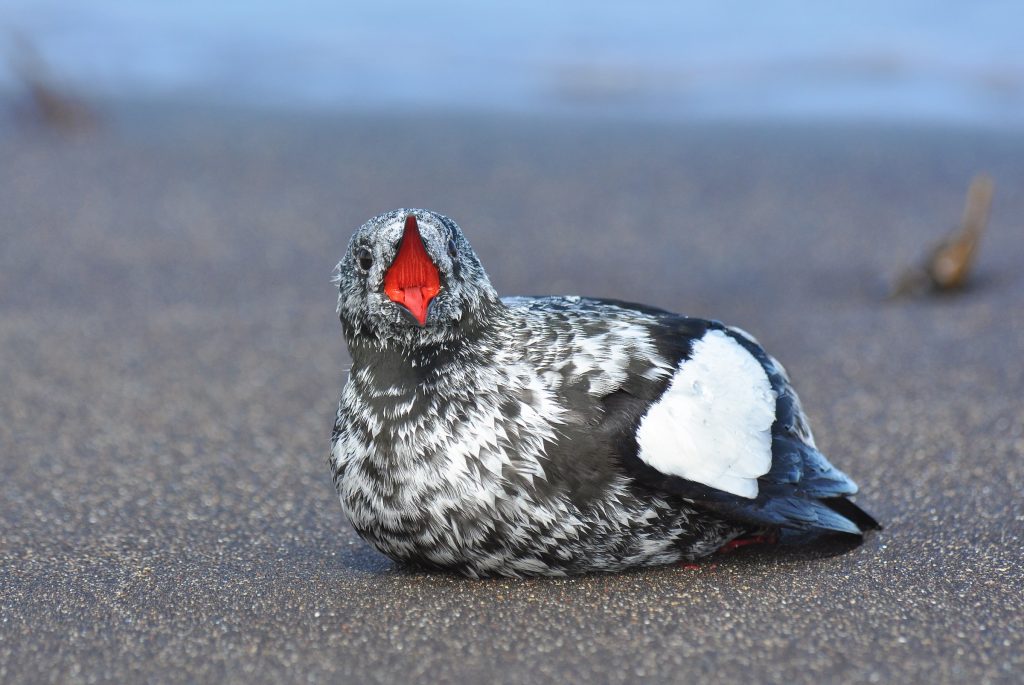An arctic species that is likely found annually in the Pribilofs, generally in association with winter sea ice, though there are only sporadic reports of this species. This is one of only a few species that is more likely to be found in winter, which is why there are only about 10 local records, with most of these being late May records of lingering or northbound individuals.
The spring of 2012 was noted for being exceptionally cold and icy well past normal (winter 2011-2012 had the greatest ice pack coverage of any year since the 1970s in the Bering Sea), which likely accounts for 18 of the 20 highest daily counts for this species being made during May of that year as the ice retreated to the north.



